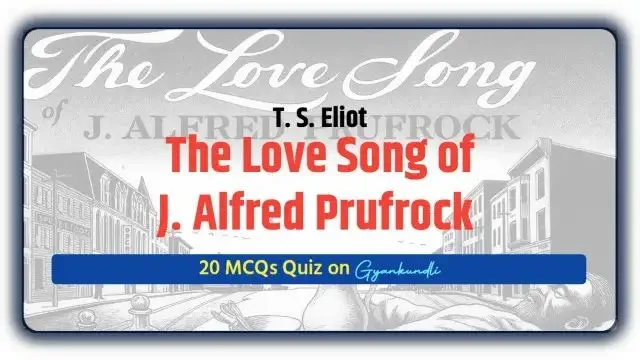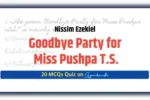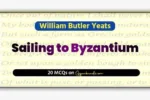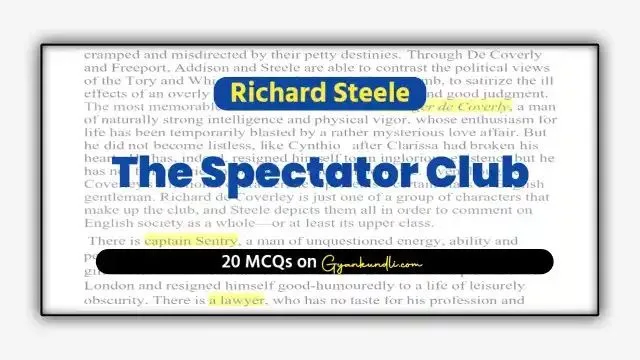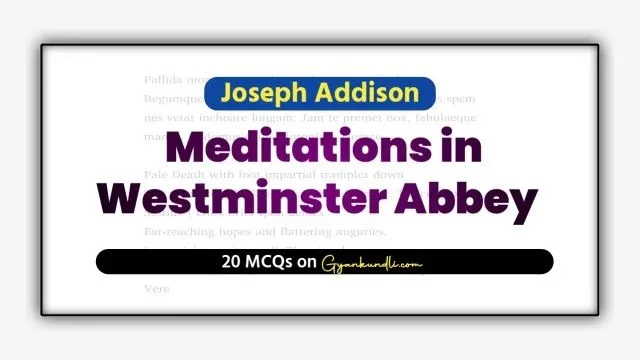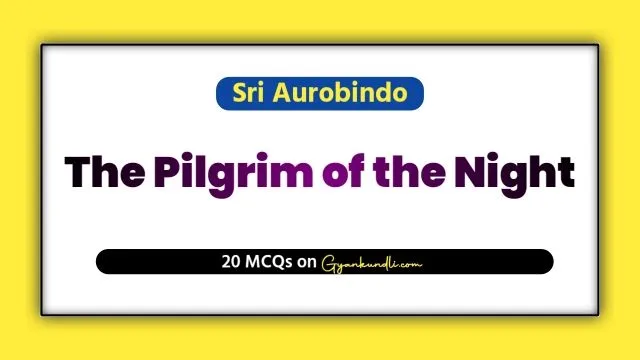The Love Song of J. Alfred Prufrock MCQ Quiz : T.S. Eliot’s “The Love Song of J. Alfred Prufrock” (1915) marks the beginning of modernist poetry in English literature. Written between 1910 and 1911 and published in Poetry magazine in 1915, it represents a striking departure from the romantic and Victorian traditions. The poem reflects Eliot’s deep engagement with the fragmented consciousness of the modern individual, caught between desire and paralysis.
The poem is a dramatic monologue, similar in form to Robert Browning’s style, but entirely modern in content and technique. The speaker, J. Alfred Prufrock, is a middle-aged man filled with hesitation, self-doubt, and spiritual weariness. Through his internal monologue, Eliot explores the theme of alienation and the loss of identity in the modern urban world. The famous opening line, “Let us go then, you and I,” sets a tone of intimacy but quickly transforms into one of confusion and fear as Prufrock moves through “half-deserted streets” that mirror his inner emptiness.
Eliot’s use of stream of consciousness and imagist precision makes the poem revolutionary. The imagery of fog, smoke, and decaying urban life symbolizes Prufrock’s indecision and the spiritual barrenness of modern existence. The poem blends symbols from Dante, Shakespeare, the Bible, and classical mythology, creating a dense network of cultural references that reflect Eliot’s vast erudition.
Structurally, the poem is written in irregular rhymed verse with shifting meters, reflecting the uncertainty of Prufrock’s mind. The influence of French Symbolists, especially Jules Laforgue, is evident in the tone of irony and self-consciousness. Eliot’s language captures the rhythm of modern thought, filled with interruptions and contradictions.
“The Love Song of J. Alfred Prufrock” is not a love song in the traditional sense but rather an anti-love song—a confession of emotional paralysis. Prufrock’s inability to act becomes symbolic of the modern man’s fragmentation and moral exhaustion. Eliot presents Prufrock as a tragic figure—acutely aware of his own limitations yet incapable of transcendence.
Ultimately, Eliot’s poem stands as a masterpiece of modernism—blending intellect, irony, and psychological depth. It captures the crisis of consciousness that defined the twentieth century and still speaks to readers caught between knowledge and action, self and society.
Text of The Love Song of J. Alfred Prufrock
The Love Song of J. Alfred Prufrock MCQ Quiz
Discover more from Gyankundli
Subscribe to get the latest posts sent to your email.
